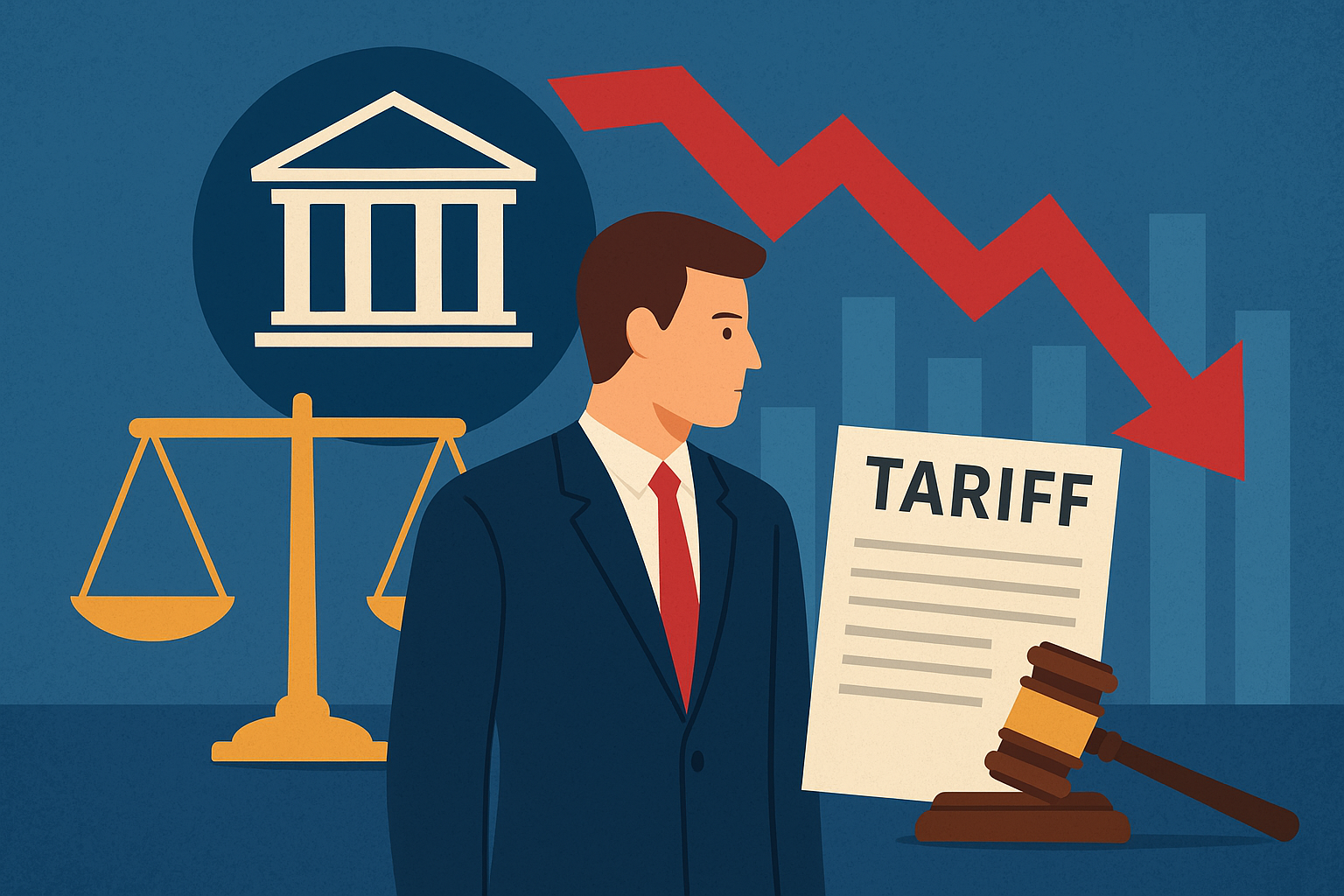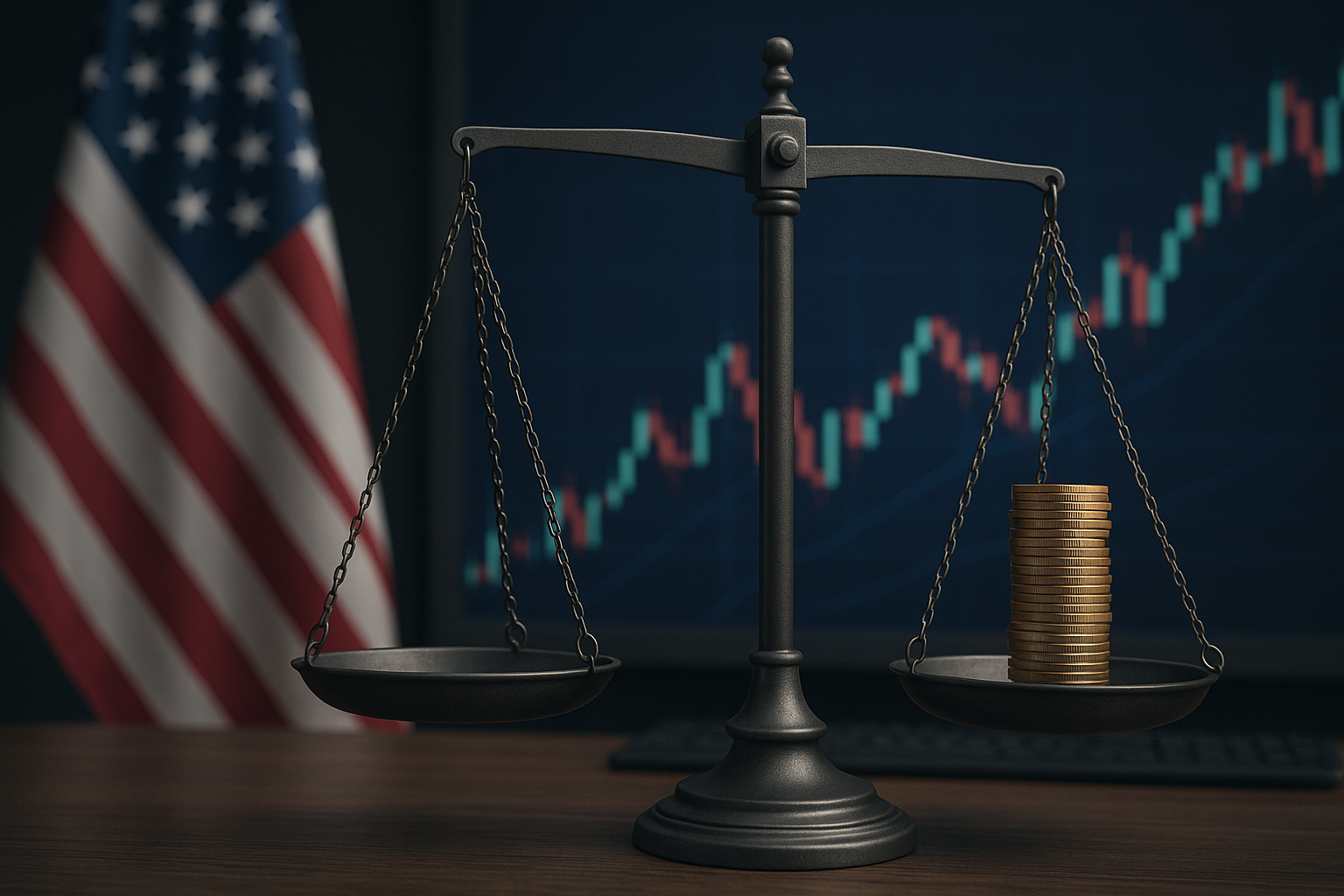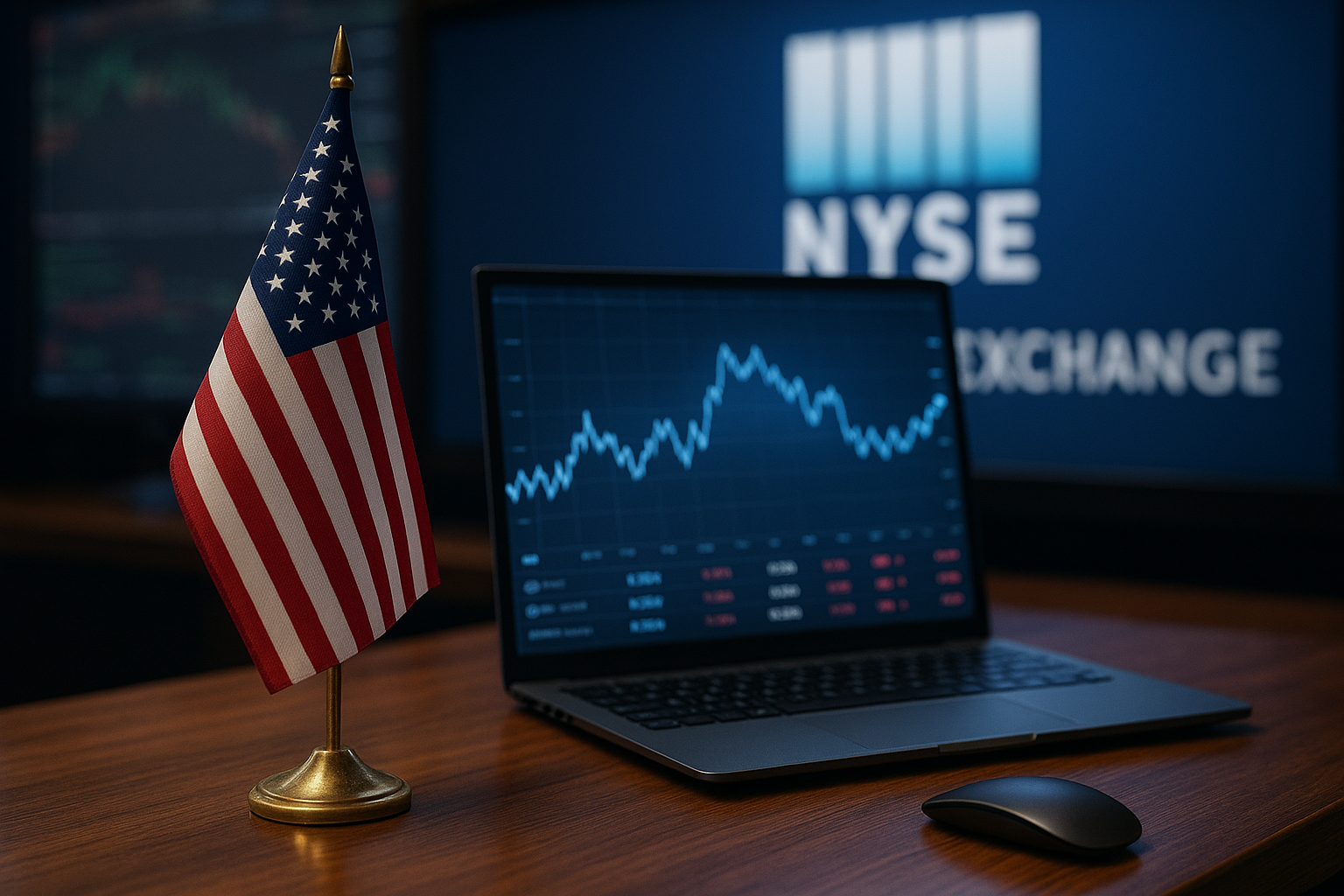As U.S. markets prepare for critical economic data, the Federal Reserve’s autonomy is once again in focus. On September 4, 2025, the Senate Banking Committee convened to evaluate Stephen Miran’s nomination to the Federal Reserve Board. The hearing comes at a delicate moment—Republican skepticism of central bank independence is rising, while the administration pushes the Supreme Court to consider “reciprocal” tariffs, a move that could reshape U.S. trade law.
The combination of political maneuvering, Fed governance questions, and looming macroeconomic data has created a charged environment for investors already grappling with market volatility.
Why This Matters for Investors
The nomination of Stephen Miran—a former Treasury official known for his unconventional policy views—has intensified debate over the Fed’s role as an independent policy-setter versus a political instrument. According to The Wall Street Journal, several GOP senators pressed Miran on the Fed’s approach to inflation management and its balance sheet reduction strategy.
This scrutiny comes as investors await the ADP jobs report and ISM services index, two data points that will influence expectations for the Fed’s interest rate trajectory. If political pressures weaken the Fed’s independence, it could inject more uncertainty into bond markets and raise questions about the predictability of future rate policy.
At the same time, the White House’s push for the Supreme Court to review “reciprocal tariffs” introduces another potential risk. As Reuters notes, such a ruling could grant the executive branch expanded authority in trade negotiations, reviving fears of tariff wars that rattled markets in previous years.
Tariffs, Rates, and Market Confidence
The intersection of monetary and trade policy is creating a unique challenge for investors. On one hand, sticky inflation has kept yields elevated, with the 10-year Treasury holding near multi-month highs. On the other, tariff uncertainty could increase input costs for manufacturers, pressure corporate margins, and cloud equity valuations.
Analysts at Goldman Sachs warn that if reciprocal tariffs gain traction, it could trigger retaliatory measures from key trade partners, notably the EU and China, complicating supply chains just as global growth shows signs of stabilizing. The impact would not be uniform—domestic energy and commodity producers might benefit, while exporters and multinational firms could face headwinds.
For the Fed, these political dynamics only increase the difficulty of balancing inflation control with growth support. Investors are watching closely for signs that the central bank may be swayed by political considerations, particularly in an election-sensitive environment.
Future Trends to Watch
- Bond Yields and Rate Expectations: Any sign of Fed policy bending to political will could push yields higher, with markets pricing in a risk premium for uncertainty.
- Equity Market Reaction: Sectors tied to global trade—such as industrials, autos, and technology hardware—remain most sensitive to tariff-related developments.
- Gold and Safe Havens: Persistent political and trade risks could extend the rally in gold and bolster demand for defensive assets.
- Jobs and Services Data: A hotter-than-expected ADP report or ISM reading could amplify volatility, forcing investors to reassess the Fed’s tightening bias.
Key Investment Insight
Investors should monitor the Senate’s handling of Miran’s nomination as a barometer of how far Congress is willing to challenge Fed independence. Simultaneously, keep a close eye on tariff litigation at the Supreme Court, as rulings could materially shift market sentiment on trade-sensitive equities. Diversification across defensive assets—such as gold, utilities, and high-quality bonds—remains a prudent hedge in this politically charged environment.
Staying informed on these developments is critical. For daily insights on how politics, policy, and markets intersect, follow MoneyNews.Today—your trusted source for timely investor news and analysis.





